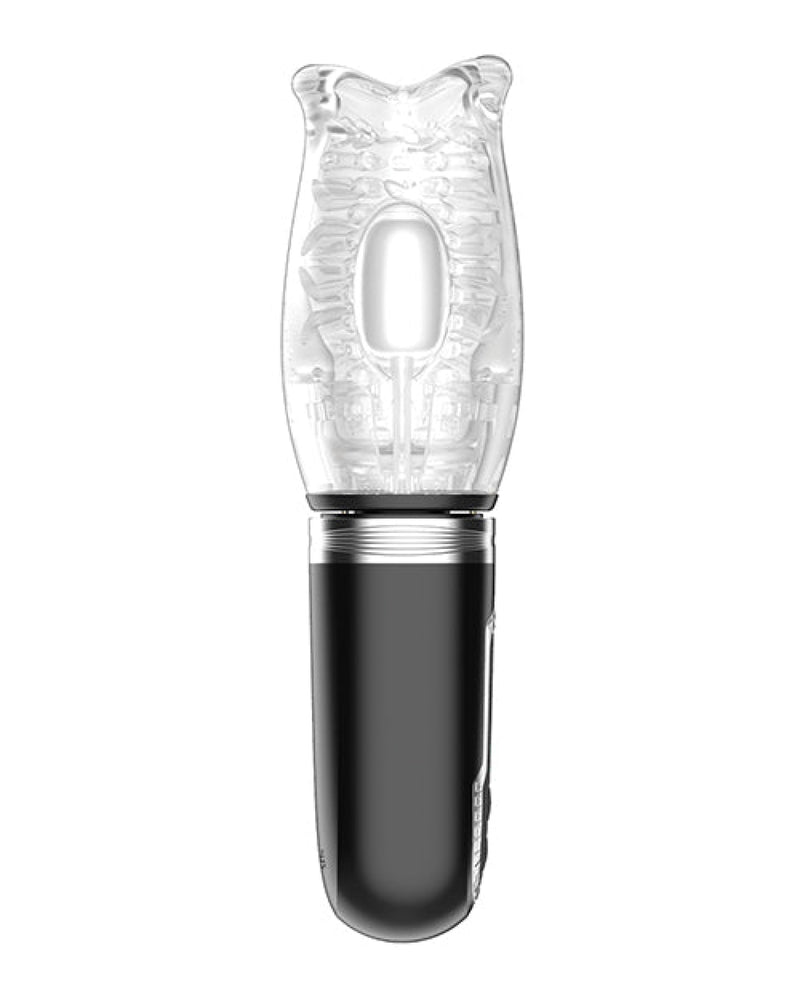What Makes Transsexual Sex Dolls a Game-Changer in Modern Intimacy?
Let’s cut to the chase: Have you ever felt traditional relationships or adult toys just… don’t “get” you? Maybe you’re exploring your gender identity, curious about non-traditional companionship, or simply tired of societal judgment. That’s where transsexual sex dolls come in—a fusion of cutting-edge tech and evolving ideas about human connection. But what exactly are they, and why are they sparking so much debate? Buckle up—we’re diving deep.
Breaking Down the Basics
First off, let’s clarify terms. When we say “transsexual sex dolls,” we’re talking about customizable companions designed to reflect diverse gender expressions. Unlike standard dolls, these allow users to mix and match features—think masculine body contours with feminine facial traits, or vice versa. For beginners, here’s what you need to know:
Material Matters: Most are made from TPE (thermoplastic elastomer) or silicone, giving a lifelike feel. Silicone lasts longer but costs more; TPE is softer and cheaper. Customization is King: Want a doll with androgenous features? Companies like Shenzhen Jarliet Co. let you pick everything from skin tone to body shape. AI Integration: Newer models (like WMDoll’s MetaBox) include chatbots with “memories” and personalities. Imagine a doll that remembers your favorite topics and adapts its tone—gentle, sassy, you name it.But here’s the kicker: these dolls aren’t just for sex. For many, they’re about emotional connection. A 2025 survey by SCMP noted 40% of AI doll users cited loneliness as their main reason for buying.
“Wait, But How Do They Work?”
Glad you asked. Let’s tackle the how and why:
1. Design Process
Creating a transsexual doll starts with 3D modeling. Artists sculpt features that blend gender traits—like broader shoulders with a tapered waist. Some brands even collaborate with LGBTQ+ communities to avoid stereotypes.2. Tech Under the Hood
The real magic happens with AI. WMDoll’s MetaBox uses open-source language models (similar to ChatGPT) to simulate conversations. Key features include: Personality Modes: Choose from 8 types, like “gentle listener” or “playful flirt”. Body Heat Simulation: Mimics human warmth for realism. Long-Term Memory: Remembers your job, hobbies, or even that weird dream you mentioned last week.3. Ethical Pitfalls
Hold up—this isn’t all rainbows. Critics argue these dolls could reinforce harmful stereotypes or isolate users further. Plus, privacy is a huge concern. While companies claim data stays local, hackers have breached smart toys before.“Are They Right for Me?”
Let’s get personal. Maybe you’re:
Exploring Gender: A trans woman might use a doll to safely express femininity without judgment. Coping with Loneliness: Post-breakup or socially anxious? AI companions offer zero-pressure interaction. Curious About Tech: Hey, some folks just wanna geek out over lifelike robotics.But proceed with caution:
Cost: High-end AI dolls run 1,500–2,000. Maintenance: Cleaning orifices and reapplying makeup takes effort. Emotional Risk: Over-reliance might stunt real-world relationships.The Bigger Picture
Love it or hate it, this trend reflects a cultural shift. We’re demanding more from intimacy—more inclusivity, more personalization. As one user put it: “My doll isn’t replacing humans. She’s helping me understand myself better.”
But here’s my take: Tech can’t replace human nuance. These dolls are tools, not miracles. Use them to explore, heal, or unwind—but don’t forget to step back into the messy, beautiful reality of human connection. After all, no AI can replicate the thrill of a first date… or the agony of a bad one.
Written by a tech-curious human who still can’t figure out dating apps.
